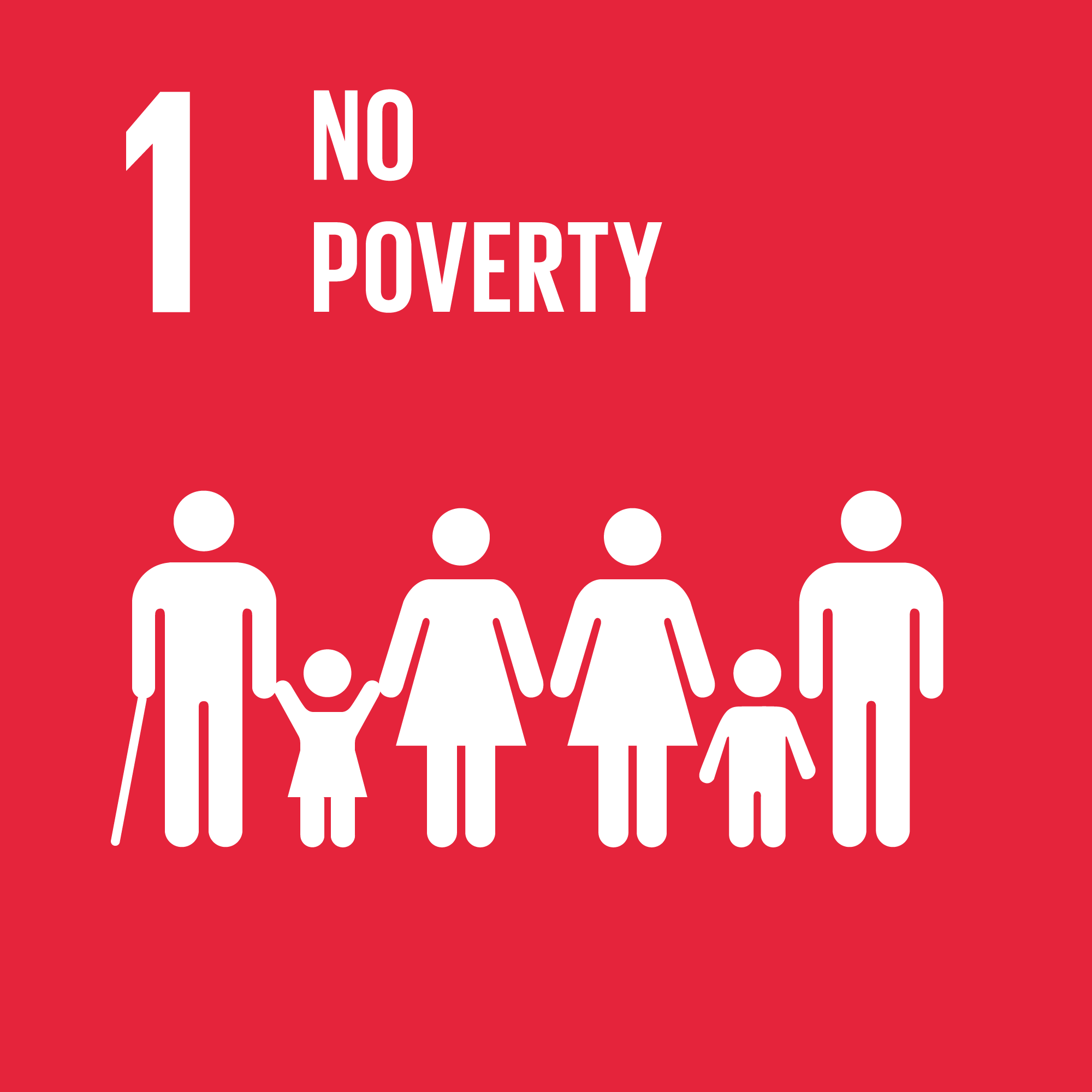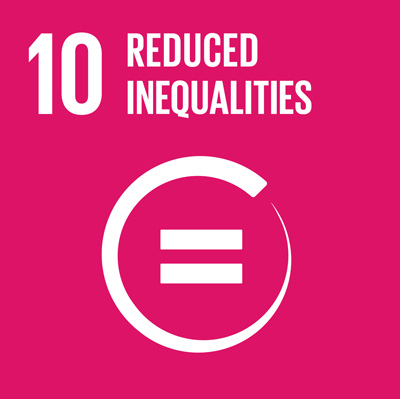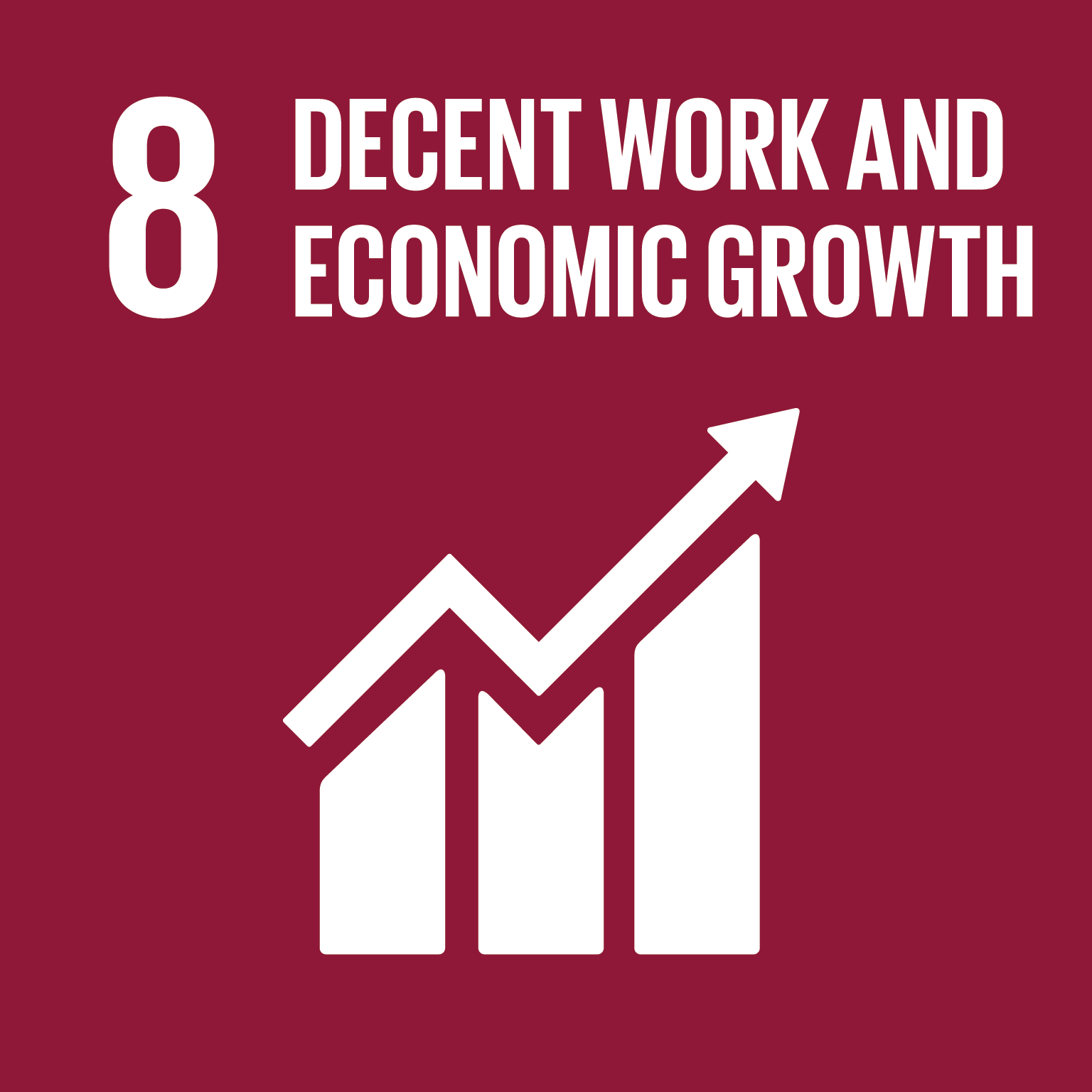The 17 sustainable development goals (SDGs) are the most recent efforts of the UN member states to ensure a secure and sustainable future for everyone. Each of the SDGs represent one of the world's most pressing challenges. Since not every country is equally affected by every problem, there needs to be an underlying sense of solidarity to achieve these goals together. The theme of this website puts emphasis on SDG 1 (No poverty), SGD 8 (Decent work and economic growth), SDG 10 (Reduce inequality).
 SDG 1 aims to end poverty and further expand social protection coverage by 2030. There has been great progress in this area over the last years. Today, about 1.3 billion fewer people live in extreme poverty than 40 years ago. At the same time, the world population has increased by about 3.1 billion. However, poverty is still a very real problem that affects many people. In 2015, 10% of the world’s population or more than 700 million people struggled to fulfill the most basic needs like health, education, and access to water and sanitation. Since then, the decrease has been very slow, and predictions show that in 2030 around 6% of the world’s population will still live in conditions of extreme poverty. Even worse, the covid pandemic caused the first increase in global poverty in decades. In 2020, more than 71 million people were pushed into extreme poverty (United Nations, 2020a).
SDG 1 aims to end poverty and further expand social protection coverage by 2030. There has been great progress in this area over the last years. Today, about 1.3 billion fewer people live in extreme poverty than 40 years ago. At the same time, the world population has increased by about 3.1 billion. However, poverty is still a very real problem that affects many people. In 2015, 10% of the world’s population or more than 700 million people struggled to fulfill the most basic needs like health, education, and access to water and sanitation. Since then, the decrease has been very slow, and predictions show that in 2030 around 6% of the world’s population will still live in conditions of extreme poverty. Even worse, the covid pandemic caused the first increase in global poverty in decades. In 2020, more than 71 million people were pushed into extreme poverty (United Nations, 2020a).
 A topic that is closely linked to poverty is inequality. That is where SDG 10 comes into play. The tenth sustainable development goal aims to reduce inequalities within and between countries. Inequalities are based on income, gender, age, race, class, ethnicity, religion and exist all over the world. Inequality poses a threat to long-term social and economic development, harms poverty reduction and destroys people’s sense of fulfillment and self-worth. Inequality is growing for more than 70 percent of the global population, exacerbating the risks of divisions and hampering economic and social development. A global crisis, such as the COVID-19 pandemic is hitting the most vulnerable people the hardest, and those same groups often experience increased discrimination (United Nations, 2020b).
A topic that is closely linked to poverty is inequality. That is where SDG 10 comes into play. The tenth sustainable development goal aims to reduce inequalities within and between countries. Inequalities are based on income, gender, age, race, class, ethnicity, religion and exist all over the world. Inequality poses a threat to long-term social and economic development, harms poverty reduction and destroys people’s sense of fulfillment and self-worth. Inequality is growing for more than 70 percent of the global population, exacerbating the risks of divisions and hampering economic and social development. A global crisis, such as the COVID-19 pandemic is hitting the most vulnerable people the hardest, and those same groups often experience increased discrimination (United Nations, 2020b).
 A strategy that is often presented as a solution for poverty reduction, is economic growth. The SDG 8 stands for sustained, inclusive and sustainable economic growth. In addition to economic success, there is also a strong focus on a functioning labor market. The aim is to achieve full and productive employment and respectable work for all. Here again, the Covid pandemic has caused significant damage. The pandemic resulted in the loss of equivalent 255 million full-time jobs. The number was four time higher than after the global financial crisis of 2007. From 2014 to 2018, the annual growth was around 2 per cent and in 2019 the real GDP per capita increase was only 1.3 per cent. Such slow and uneven progress requires a rethink and reorientation of our economic and social policies. Ultimately, the goal is for everyone to share in economic success (United Nations, 2020c).
A strategy that is often presented as a solution for poverty reduction, is economic growth. The SDG 8 stands for sustained, inclusive and sustainable economic growth. In addition to economic success, there is also a strong focus on a functioning labor market. The aim is to achieve full and productive employment and respectable work for all. Here again, the Covid pandemic has caused significant damage. The pandemic resulted in the loss of equivalent 255 million full-time jobs. The number was four time higher than after the global financial crisis of 2007. From 2014 to 2018, the annual growth was around 2 per cent and in 2019 the real GDP per capita increase was only 1.3 per cent. Such slow and uneven progress requires a rethink and reorientation of our economic and social policies. Ultimately, the goal is for everyone to share in economic success (United Nations, 2020c).
- Can we see a clear relationship between economic growth (GDP per capita as indicator) and extreme poverty (less than $1.90/day)?
- Do we find a correlation between income inequality and poverty reduction/increase?